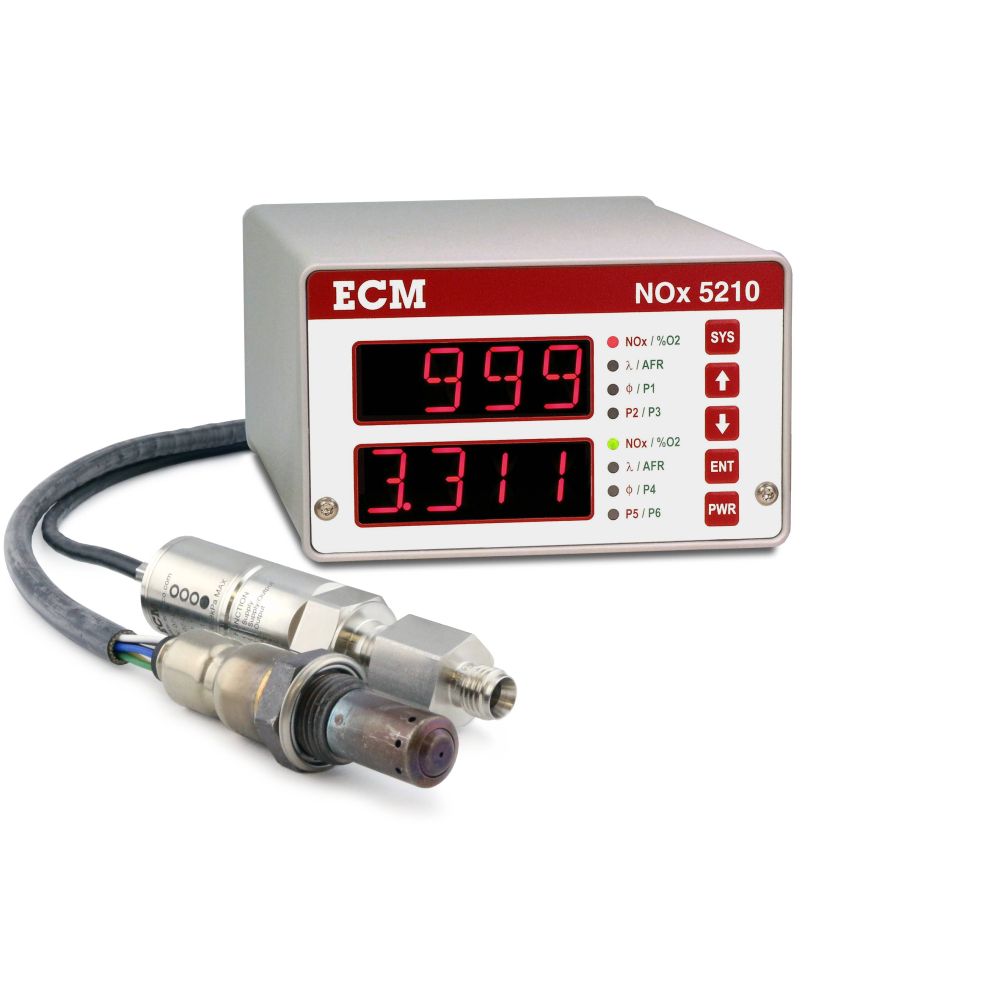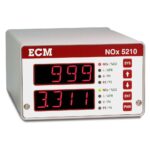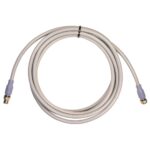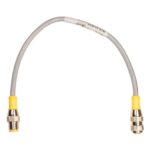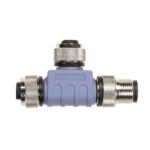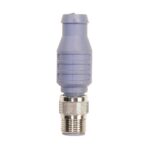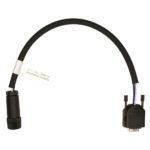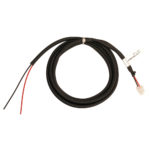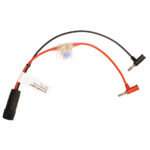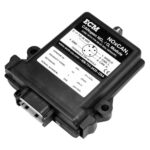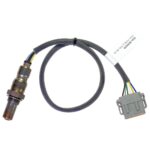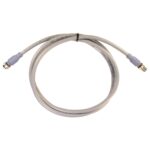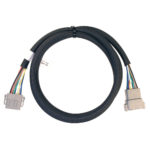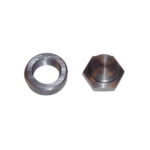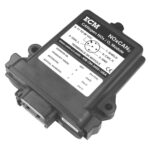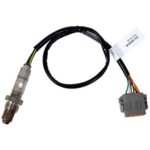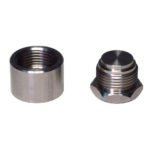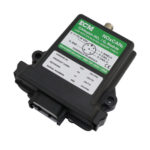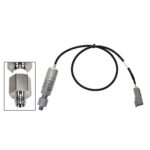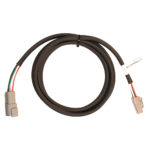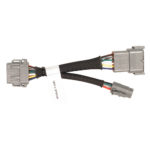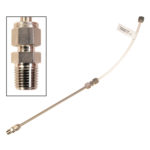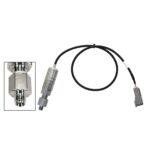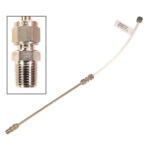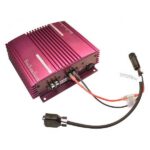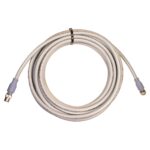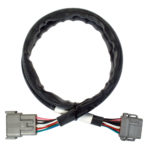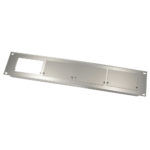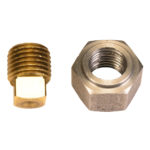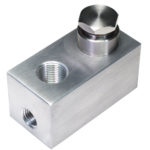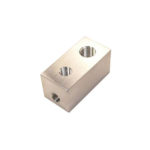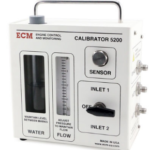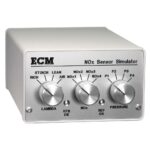ECM’s NOx 5210 is a versatile and highly integratable NOx, Lambda, and O2 analyzer for the development of all engines, combustion systems, and their aftertreatment systems. NOx, Lambda, and O2 are measured using a ceramic sensor that is mounted in the exhaust of the engine. Ease-of-use, speed, compactness, and robustness are hallmarks of this technology. No sample lines or pumps are required, simplifying installation and giving fast response. Distances of up to 100 meters between the sensor and analyzer are possible with no loss in response time or accuracy. All sensors have their calibration stored in a memory chip in the sensor’s connector. Calibration can be performed by the user (Zero, Span) and is written into the same memory chip. This allows sensors to be calibrated in a central location and distributed to users, ensuring consistent results throughout a large test facility.
The NOx 5210 is programmable for all fuel types (H:C, O:C, N:C ratios, and H2). NOx, Lambda (λ), AFR (air-fuel ratio), Equivalence Ratio (φ), and %O2 and all sensor parameters including pumping current, cell resistance, and sensor age factor are available for display and output. A second NOx/λ/AFR/φ/O2 channel can be added and displayed/output. At exhaust pressures more than 20 kPa above atmospheric, the pressure-compensation option is recommended.
Three different types of NOx sensors are available for use with the NOx 5210. For a dual-channel version, you can have different sensors on each channel.
- Type T: Suitable for all engines and combustion systems. The Type T sensor has a 1:1 cross-sensitivity to NH3 (1 ppm NH3 looks like 1 ppm NOx to the sensor). The Type T sensor is recommended for general use.
- Type G: Suitable for engines and combustion systems that operate lean of stoichiometric (i.e. Lambdas greater than 1). Most diesel engines and gas turbine engines fall into this category. The Type G sensor has a 1:0.67 cross-sensitivity to NH3 (1 ppm NH3 looks like 0.67 ppm NOx to the sensor). This class-sensitivity is also affected by O2 concentration. The Type G sensor is recommended when NOx ppm is 10 ppm or less.
- Type F: Basically a Type T sensor with a NH3 absorbing filter, this filter eliminates the sensor’s cross-sensitivity to NH3. Limitations of the Type F sensor are that maximum gas temperature is 210℃ and a filter lifetime as short as thirty minutes (at which time the filter has to be replaced). This sensor is limited to tailpipe (as opposed to engine-out) applications.
An understanding of NH3 cross-sensitivity is important for tailpipe installations (as opposed to engine-out installations), since three-way catalytic converters produce NH3 when running stoichiometric and richer and diesel engines will inject urea into the exhaust which turns into NH3.
The NOx 5210 is remarkably compact and is suited for both dynamometer and in-vehicle applications. With six analog outputs and CAN communication, the NOx 5210 can be integrated into any data acquisition system. To simplify in-vehicle use, the NOx 5210 can be turned on and off with a signal from the vehicle’s ignition switch. This feature along with the analyzer’s CAN communication capability make it possible to use the NOx 5210 in the loop of a real-time emissions control strategy.
NOx is of primary importance to engine and aftertreatment developers and regulatory agencies. The NOx 5210 makes this difficult measurement with ease and is a necessary tool for the development of modern powertrain systems.

